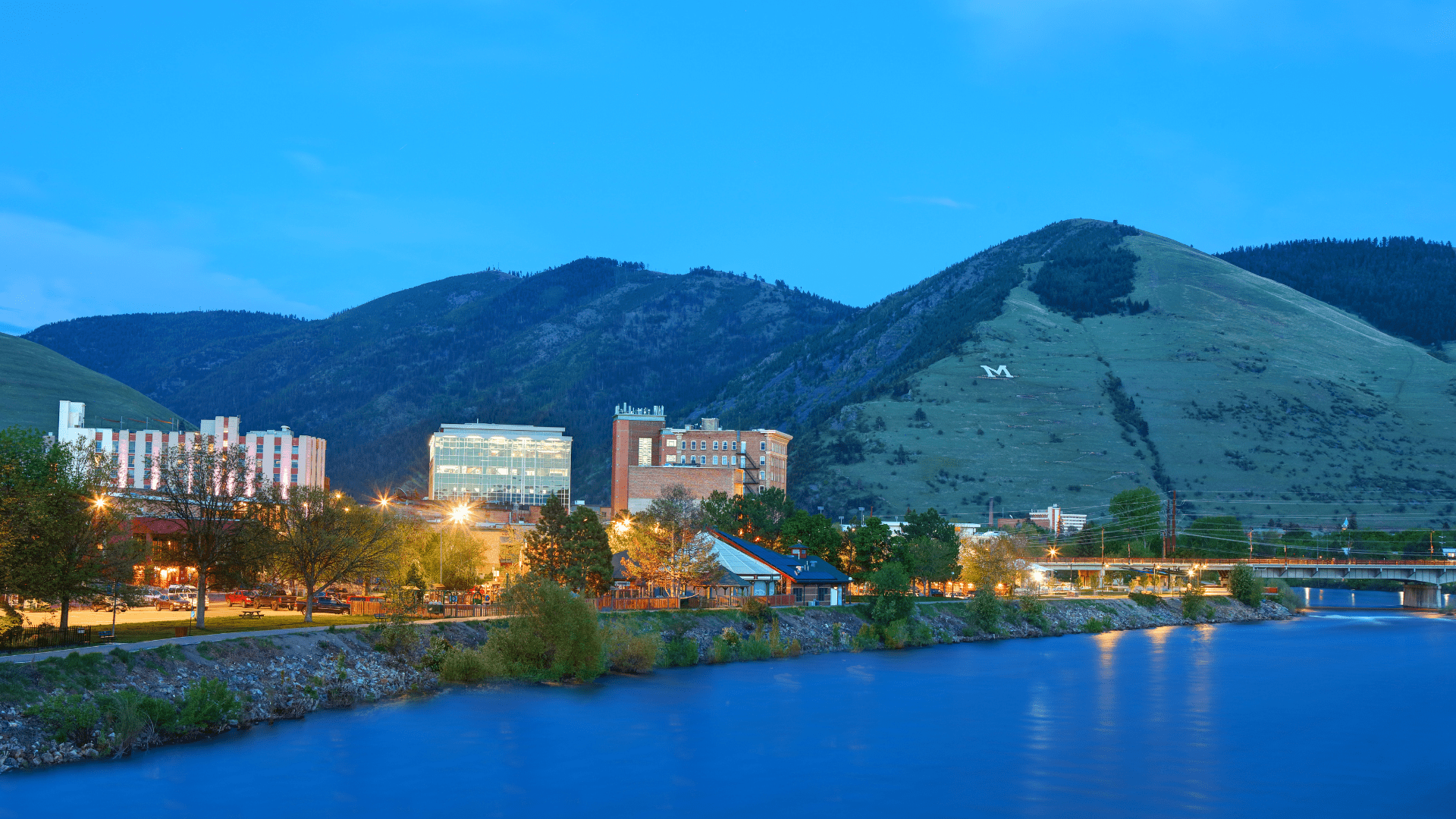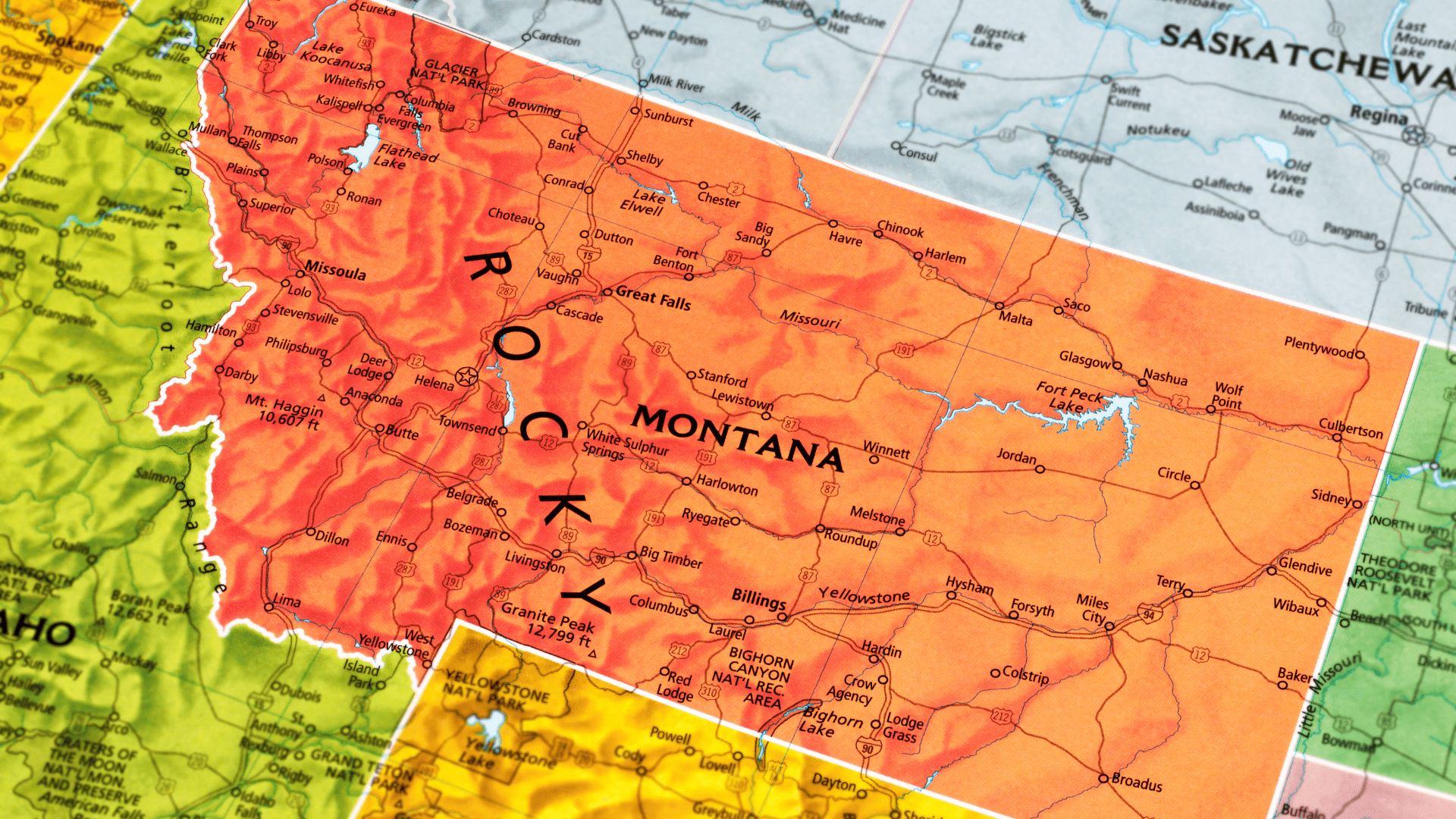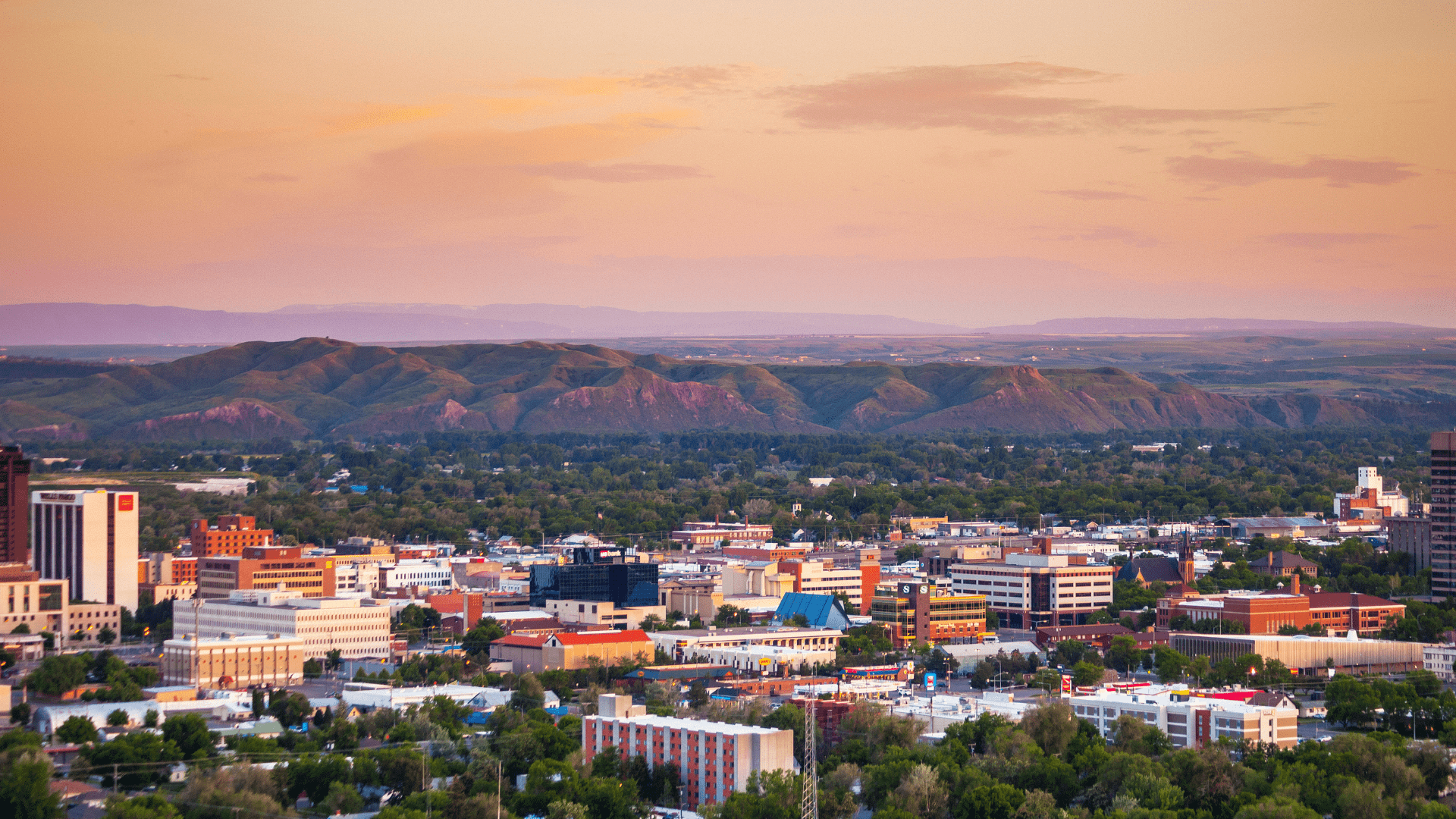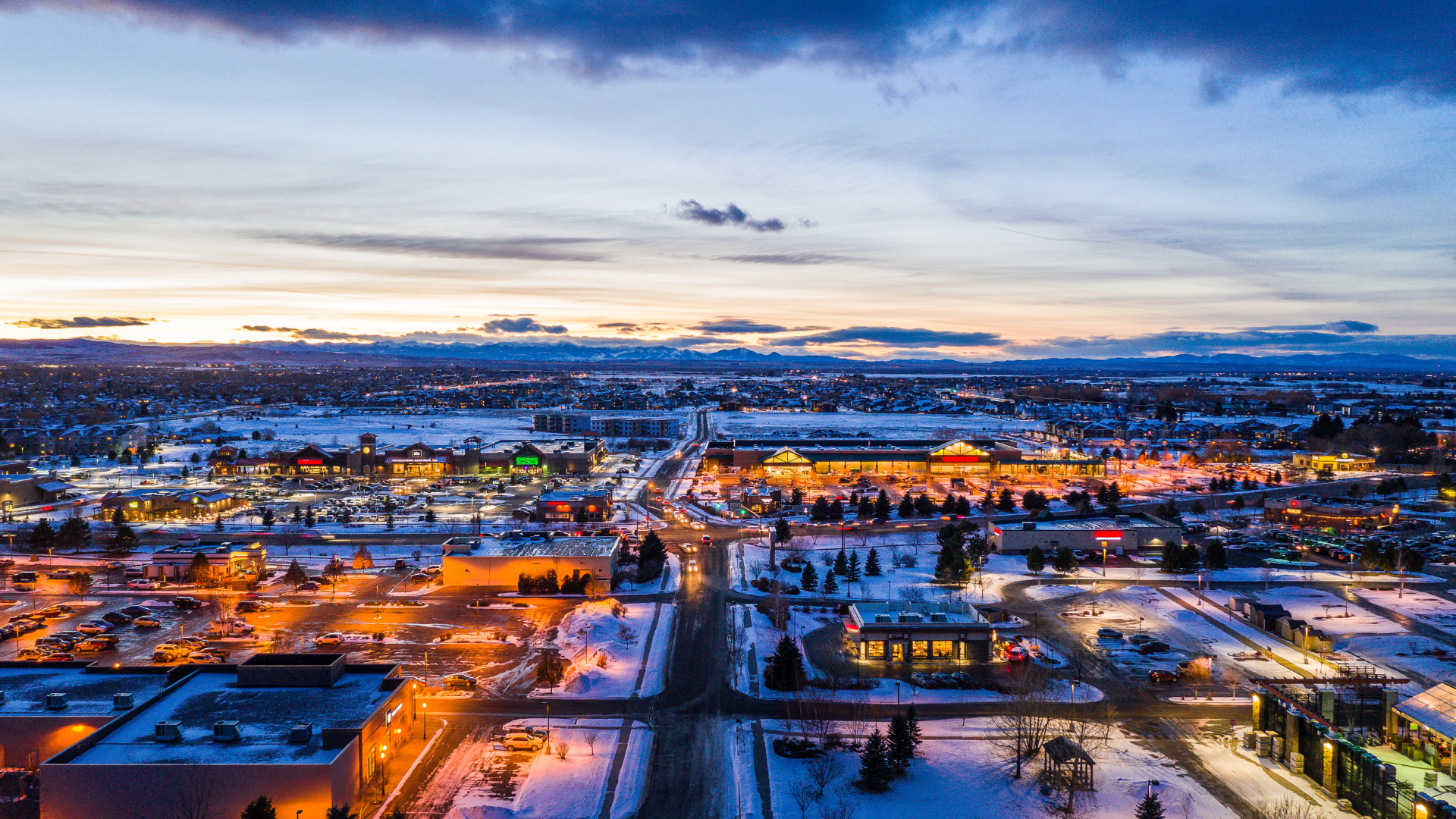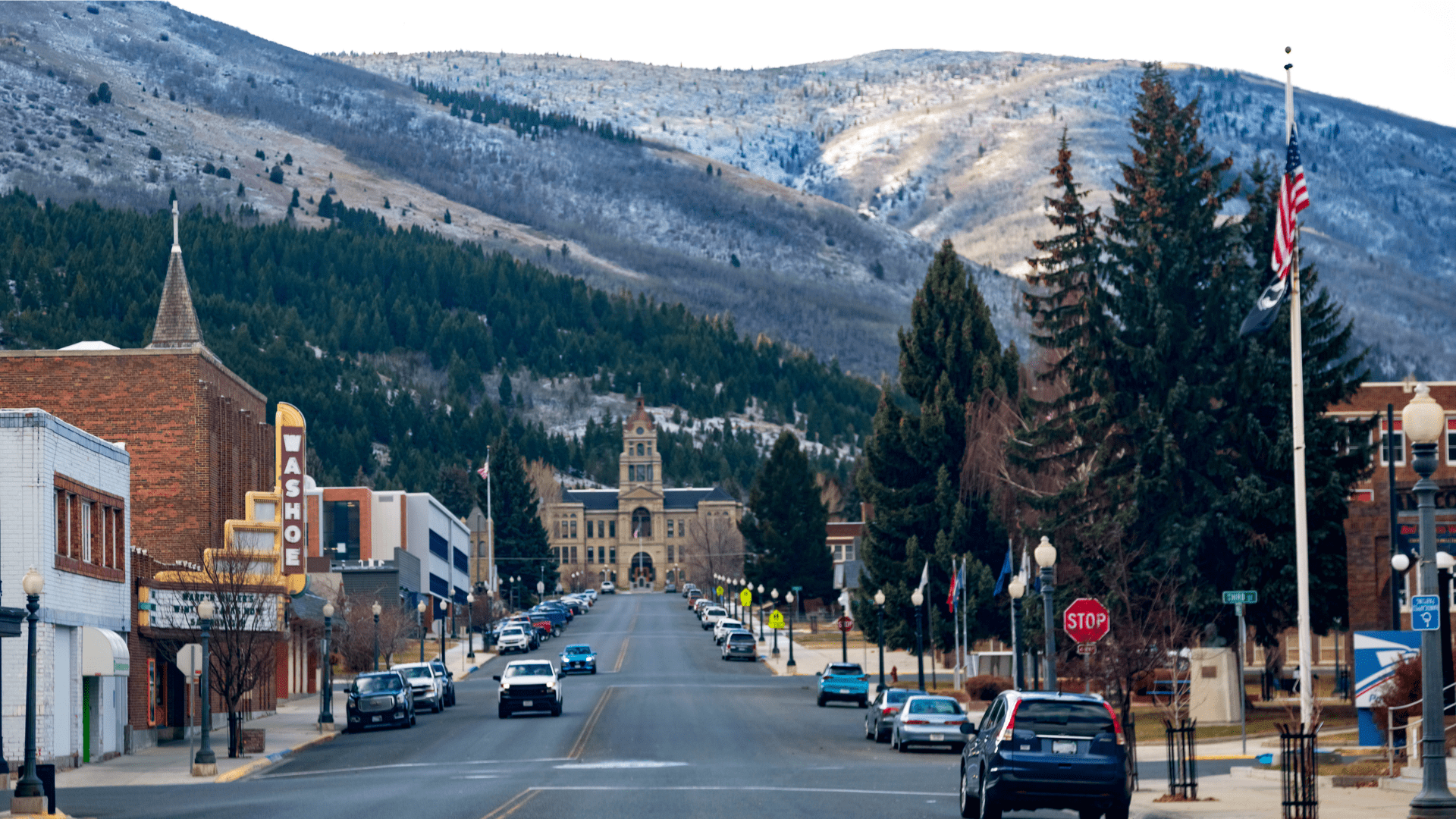
After Rapid Expansion, Flathead Valley Faces a More Balanced Market
By Brady Thomas Rice
It appears that after several years of intense growth, the Flathead Valley is finally slowing down. Markets have changed over the last year. It is not a stop but rather a change in how growth occurs. Kalispell, Whitefish, and Columbia Falls have taken a break in the construction of new housing development and are focusing on the much needed infrastructural improvements at the county level.
The Changing Housing Landscape
Not long ago, it felt like every available plot in Kalispell was being turned into housing. In 2021, developers were filing plans for nearly 900 units. Fast-forward to 2024, and that number has dropped to around 250. According to Kalispell’s Development Services Assistant Director, PJ Sorensen, this isn’t necessarily a sign of trouble – it’s more of a response to the past boom in multi-family housing. The market needed time to absorb that influx, and now, growth is settling into a more sustainable rhythm.
Whitefish is following a similar pattern. The demand for single-family homes has declined, with only 24 permits issued in 2024 compared to 129 in 2021. Yet, the gap is being filled by multi-family developments like Alpine 93/40 and the Whitefish Corridor Community, which aim to add more housing options—including deed-restricted units designed to help tackle affordability concerns.
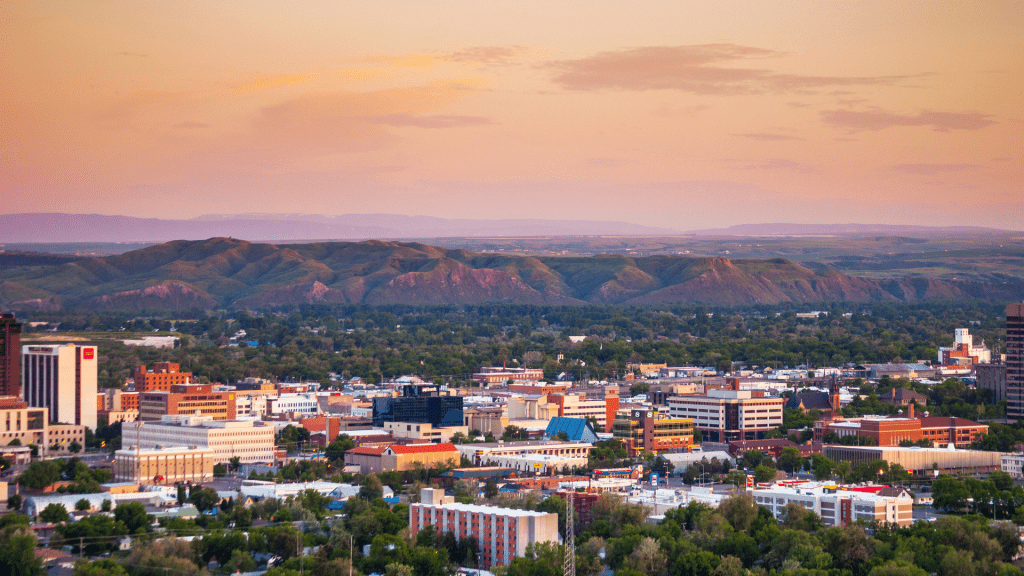
Market Realities and the Cost of Living
Despite fewer new developments, housing prices haven’t exactly softened. The median home price sits at $522,750 in Kalispell, a staggering $972,000 in Whitefish, and $405,000 in Columbia Falls. Even though Columbia Falls has seen a slight dip, the broader affordability issue persists.
Interest rates, hovering around 6.5%, aren’t making things easier. The Northwest Montana Association of REALTORS® (NMAR) notes that while bidding wars have cooled and homes are sitting on the market longer, high prices remain a challenge. Buyers might have more negotiating power, but that doesn’t mean homeownership is suddenly within reach for everyone.
Investing in the Valley’s Future
One of the more telling signs of this market shift is where Flathead County is putting its resources. Growth isn’t stopping—it’s just taking on a different form. Instead of an overwhelming focus on new homes, there’s now a greater push toward infrastructure improvements.
Take the proposed Flathead County Detention Center, for example. Slated for a vote in fall 2025, the facility is designed to meet the county’s growing public safety demands. Then there’s the $30 million wastewater treatment project in Somers, which is awaiting approval from the Montana Department of Environmental Quality (DEQ). Funded by federal and state grants, this upgrade will modernize water management and help accommodate the region’s expanding population.
A More Balanced Future?
Flathead Valley’s breakneck expansion of the past few years was bound to slow eventually. Now, instead of unchecked growth, we’re seeing a more measured, long-term approach. High home prices and interest rates continue to pose challenges, but the market is shifting toward a new phase—one where development and infrastructure evolve together.
The demand for housing isn’t going away, but moving forward, the focus will likely be on thoughtful, sustainable growth rather than another construction frenzy. If Flathead County can balance these priorities effectively, the valley’s future looks strong, even if it’s not as fast-paced as before.
About Brady Thomas Rice
Brady Thomas Rice is the President and Founder of The BTR Group, Inc., a firm specializing in international executive management services focused on capitalizing, developing, restructuring, and operating commercial real estate assets in complex markets. With two decades of experience, Mr. Rice is a seasoned expert in the real estate industry. He is currently leading and advising on projects in multiple jurisdictions across the US Mountain West including Montana, Utah, and Colorado along with international destination markets including Baja California Sur, Mexico and Canada.





